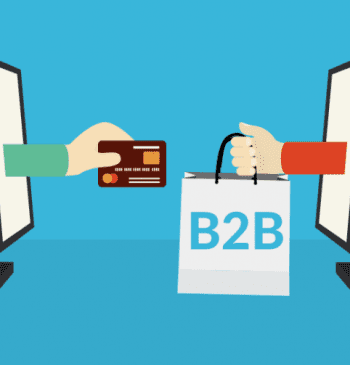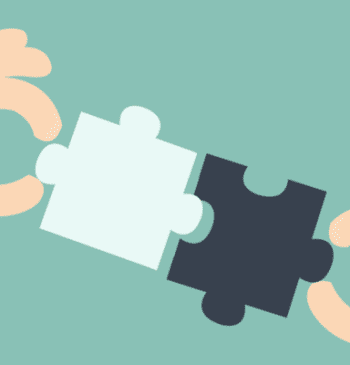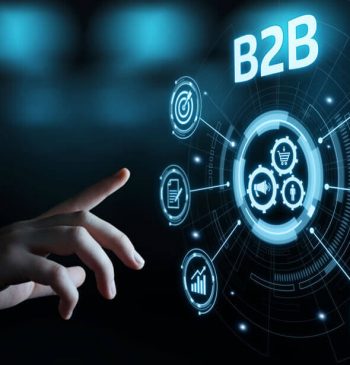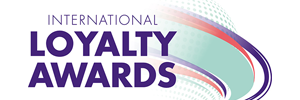21 Jan
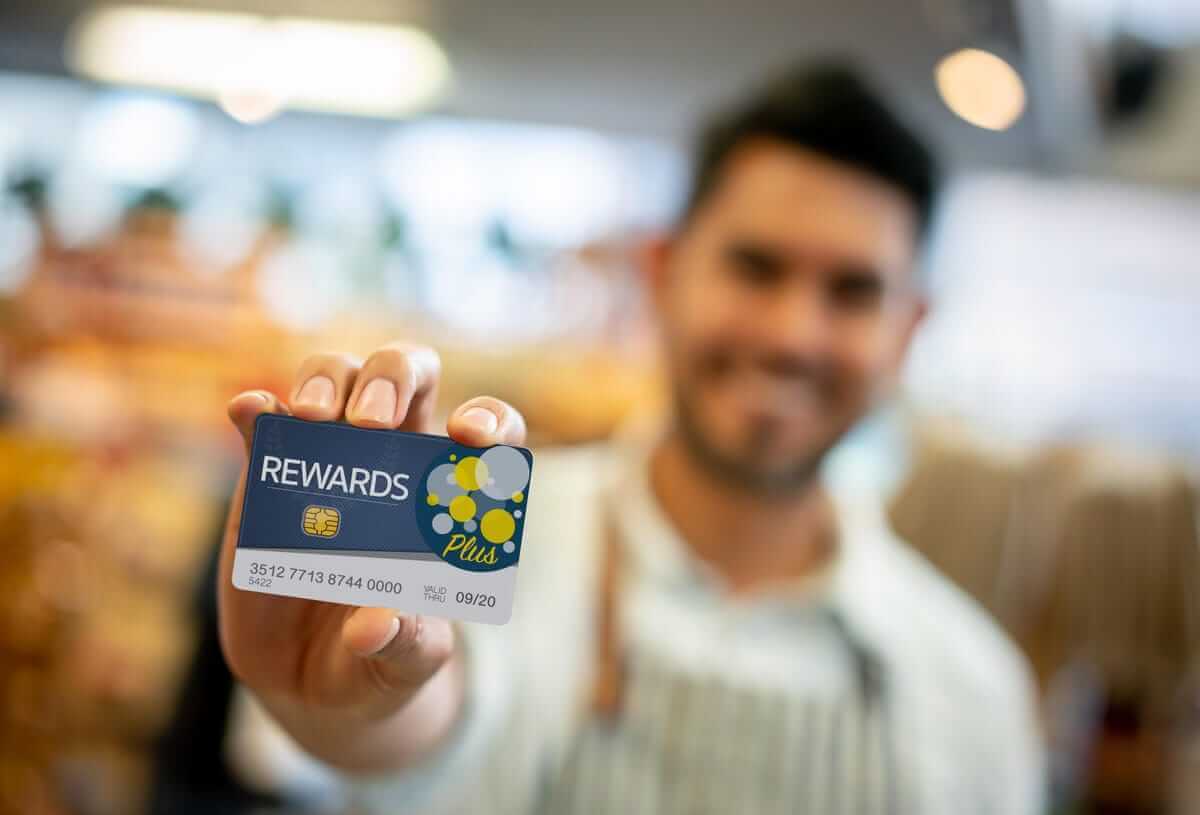
Successful tactics for a B2B loyalty program are important for a company to build sustainable relations with its customers. There are different loyalty programs for each company. These differ from company to company, depending on their needs. Since the cost of contracts in B2B is higher than in B2C, customers are more important in B2B. Keeping existing customers is one of the successful tactics for B2B loyalty programs.
A B2B loyalty program allows the company to get to know its target audience better and establish a bond with them. Companies need help to be included in the competition in the global world. In this regard, companies use successful tactics for a B2B program. That is a substantial step towards success. The better and superior a B2B marketing is, the more competitive advantage companies gain. In addition, such loyalty programs, which increase the market share, create more satisfying and equipped business partners, grow the company’s profit, and reach a different point from the competitors, enable companies to manage their sales channels more effectively. If you are considering using a B2B customer loyalty program for your company, you should look at which successful tactics for B2B loyalty programs and B2B loyalty program examples. Looking at their prevalent features, you can also get a more significant advantage.
How B2B Marketing Strategies Affect Sales and Loyalty?
In the intricate world of B2B sales, the impact of effective marketing strategies cannot be overstated. Unlike B2C marketing, where the focus is often on quick conversions and mass appeal, the method of B2B loyalty programs is tailored to nurture long-term relationships and trust, which are fundamental in driving sales in this domain.
- B2B marketing strategies are pivotal in brand positioning. Businesses can differentiate themselves in a crowded market by effectively communicating a brand’s unique value proposition. This differentiation is crucial for attracting and retaining clients often looking for specific solutions that align with their business needs.
- Content marketing plays a significant role in B2B sales. Through insightful and informative content, businesses can establish thought leadership, educate potential clients about their offerings, and address pain points. This approach generates leads and equips sales teams with valuable resources to engage prospects throughout the sales cycle.
- Digital marketing strategies, including SEO and social media, enhance visibility and accessibility, making it easier for potential clients to find and engage with businesses. A robust online presence is essential for lead generation and nurturing in the digital age.
- Personalization in B2B marketing has become a key driver of sales success. Businesses can deliver tailored messages and solutions by leveraging data analytics and CRM tools, significantly improving conversion rates and customer loyalty.
Tips for Building a Successful B2B Loyalty Program
In today’s competitive business landscape, fostering lasting relationships with your clients is more crucial than ever. This is particularly true in the B2B sector, where the success of your business hinges not just on attracting new clients but, more importantly, on retaining and deepening relationships with existing ones. A well-crafted B2B loyalty program can be a game-changer, offering a strategic way to reward and engage your clients, encouraging repeat business and long-term loyalty. Some of these strategies are:
- Simplicity and Clarity in Loyalty Programs
- Value-Driven Reward System
- Consistent Customer Engagement
- Profitable Loyalty Initiatives
1. Simplicity and Clarity in Loyalty Programs
For a B2B loyalty program to be effective, it must be straightforward for businesses to understand and join. Here’s a deeper look into how simplicity and clarity can be achieved:
- Streamlined Enrollment Process: The sign-up process should be as frictionless as possible. For example, a company like Dropbox could offer a simple online registration that takes just a few clicks, with immediate rewards or benefits upon signing up. This approach reduces barriers to entry and encourages more businesses to participate.
- Clear Communication of Benefits: The value proposition of the B2B loyalty program should be communicated clearly. Amazon Business, for instance, could use its platform to clearly outline the benefits of its loyalty program, such as exclusive discounts or business-oriented features, making it easy for businesses to see the value in joining.
- Welcome Offers and Incentives: Initial incentives can significantly boost engagement. A company like Cisco, known for its networking hardware, could offer a welcome discount or a free consultation session as an incentive for joining their loyalty program. This encourages sign-ups and provides immediate value to the new member.
- Reducing Complexity: If a loyalty program is simple enough, it can deter potential members. Simplifying the program, as Google Workspace might do by offering straightforward tiered benefits based on subscription levels, can make it more attractive. The key is to avoid overwhelming new members with too many options or complicated point systems.
- Engaging and Relevant Content: Once businesses are part of the B2B loyalty program, keeping them engaged is crucial. For example, IBM could use its technology expertise to provide exclusive webinars or industry reports that are only available to loyalty program members. This type of content adds value and keeps members engaged with the brand.
2. Value-Driven Reward System
In a B2B context, the reward system must align closely with the values and needs of the business customers. Unlike B2C, where instant gratification can be a significant driver, B2B loyalty programs often need to offer long-term, tangible business benefits. Here are some key considerations:
- Customization: Rewards should be tailored to the specific needs and interests of the business customer. For instance, a company like Salesforce might offer integration services or exclusive training sessions as rewards, which add real value to their clients’ businesses.
- Tiered Rewards: Implementing a tiered system where rewards escalate with the customer’s level of engagement or investment can be effective. For example, Adobe could offer different rewards based on subscription tiers, providing more advanced tools or personalized support to higher-tier customers.
- Data-Driven Insights: Utilizing customer data to understand what rewards are most valued is crucial. Through its B2B marketing solutions, LinkedIn could analyze customer interaction data to tailor rewards that resonate with different segments of its audience.
3. Consistent Customer Engagement
Continuous engagement is vital in maintaining a strong B2B loyalty program. This engagement should be meaningful and provide value beyond just sales communication. Here’s how this can be achieved:
- Educational Content: Providing valuable content that helps businesses grow or solve problems can be a powerful engagement tool. For example, HubSpot excels in this area by offering free educational resources and tools that keep users engaged with their brand.
- Personalized Communication: Using CRM tools to personalize communication can significantly enhance engagement. With its advanced AI solutions, IBM could offer personalized insights and recommendations to its clients, keeping them engaged through relevant and timely communication.
- Community Building: Creating a community where clients can interact, share experiences, and learn from each other is another effective strategy. With its various user groups and forums, Microsoft provides platforms for businesses to engage and get support, fostering a sense of community.
4. Profitable Loyalty Initiatives
When creating a B2B loyalty program, ensuring your investment pays off is important. Carefully monitor customer spending habits and specific product margins when designing your program to ensure it is successful. Examining new B2B customer engagement ideas and taking different levels of customer engagement into account ensures you are profiting at most of the steps and that the entire venture represents a return for your business. For a B2B loyalty program to be effective, it must engage customers and be financially viable for the company. This requires a balance between offering valuable rewards and maintaining profitability. Here’s how this can be approached:
- Monitoring Spending Habits and Margins: Understanding customer spending patterns is crucial. For instance, a company like Cisco, which deals in networking hardware, could analyze which products or services have the highest repeat purchase rates and tailor their loyalty rewards around these high-margin items.
- ROI-Focused Rewards: The rewards should be structured in a way that they drive future business. For example, a company like Oracle could offer rewards that encourage using more advanced features or services, which could lead to upselling opportunities.
- Segmentation and Personalization: Different segments of customers have different values for the business. A company like IBM might use data analytics to segment its customers based on profitability and tailor the loyalty program differently for each segment, ensuring a higher ROI for each group.
You can reach our previous article from https://www.apexloyalty.com/important-features-of-b2b-ecommerce-store/
